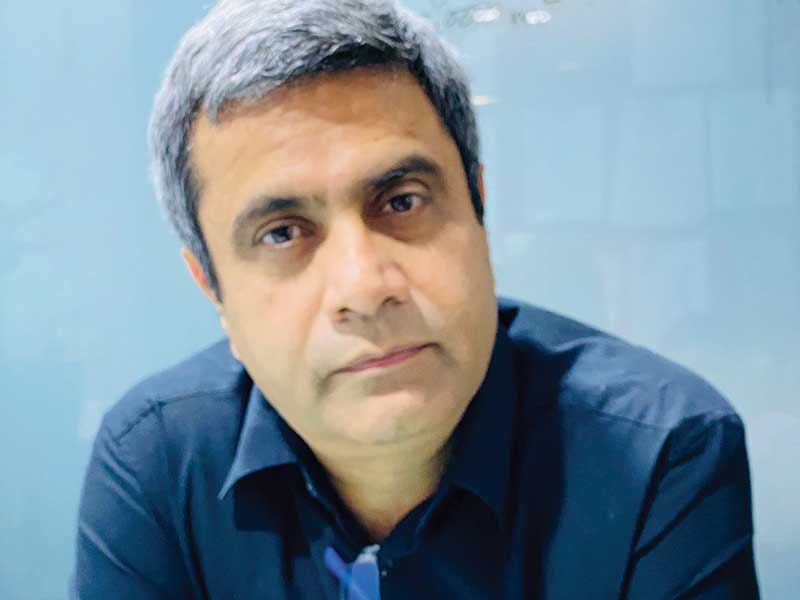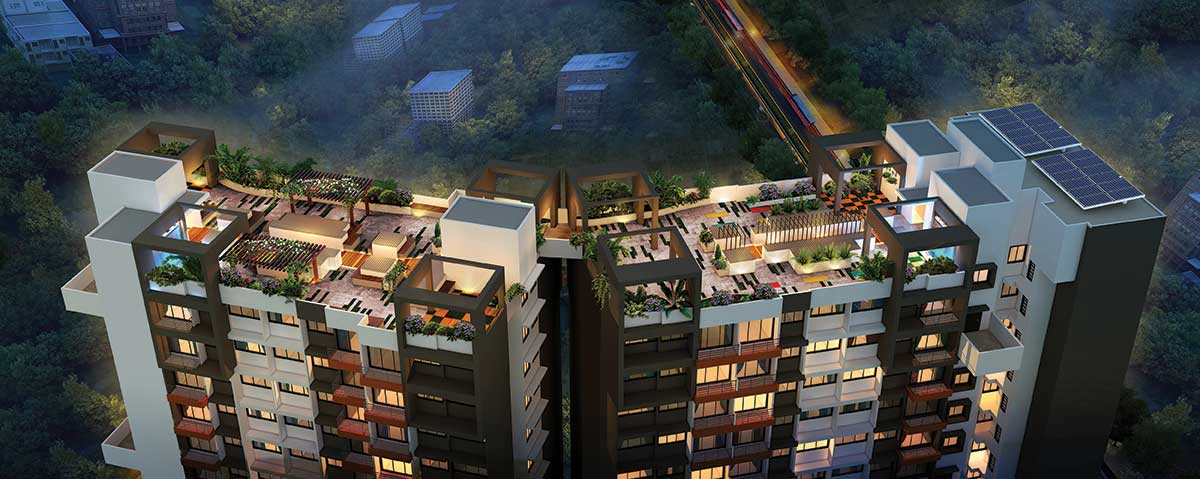
Mankind exhibits surprisingly very high adaptability: for instance, the pandemic has made a larger number of people more health conscious. But this change in people’s personal lives has not transformed into specific generation of demand of a certain kind of built environment in the building industry. It is our wishful thinking that we would witness demand of eco-friendly buildings, health-friendly interior design and more landscape spaces! It is our expectation that development shall be driven by environmental agendas, however, design briefs of our clients have not changed as we would desire.

With the new UDCPR, the challenge for architects is to be able to balance the users’ density and the amenities.
We have not especially witnessed any perceivable change in the mindset of the stakeholders in the real estate industry. It is business as usual! Real estate is finance-driven. Major changes are only witnessed with change in enforced rules and regulations pertaining to project permissions. For instance, some provisions in new UDCPR as applicable in the state of Maharashtra, like incentive for green buildings in terms of additional floor space index, requirement of OWC for built-up-area more than 4000 sqm or grey water treatment for a residential development of 100 tenements and more, etc. are important developments that are, in a way, appreciable.
With the new UDCPR, the challenge for architects is multifold to be able to balance the users’ density and the amenities. Though the good part is that the developers are now looking at all open-to-sky terraces at all possible levels, as landscape areas, such that they can compete with the market boom of luring buyers with an impressive list of amenities.

Local building materials and fast renewable materials can help improve the quality of our built environment by virtue of their own advantages.
A lot can be done to improve the quality of our built environment. Local building materials, low VOC finishes, low embodied energy materials, fast renewable materials - can all contribute by virtue of their properties and advantages.
Newer construction technologies for faster delivery of projects shall gain prominence. Developers are looking at the new technologies but the cost versus gain is still a gap that needs to be filled. But this is the standard way any new technology is accepted on a large scale in any industry.
With the global political background changing during the past few months, the prices of raw materials are already affected. The cost of building construction materials and cost of transport have spiked, and it is to be seen how the AEC industry adapts to the same.
P.S: My viewpoint is based on my immediate context of experience. It is not based on research of architecture trends across other contexts on a national or global level.















